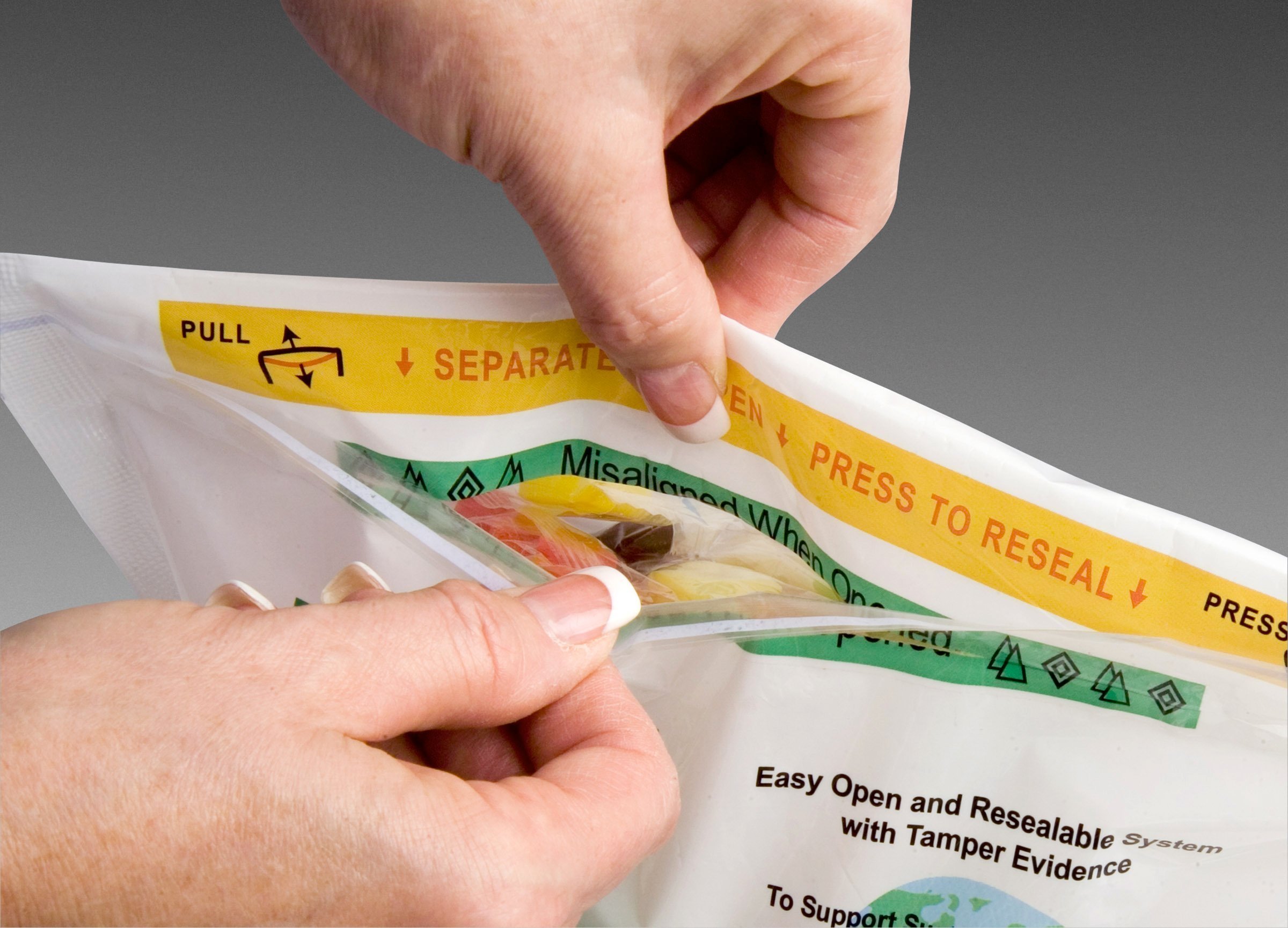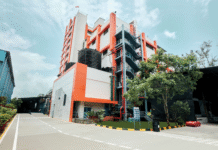Remember the time when it was cool to always carry a key chain with a bottle opener in your pocket? Carrying the bottle empties back to the shop to get the deposit back was cool too. A can opener could easily be found in every home. Keeping scissors handy in the kitchen to cut open the milk pouches and then wash and collect them for sale to the kabaadi was smart. It mattered little if the shampoo bottle cap had to be unscrewed instead of being flipped-open as long as the formulation was good. Packaged products in our lives had little rituals around them and we were willing to endure them as a small price to pay for modern products.
What happened? Listening to the radio while doing other things, disappeared. Television
viewing arrived. We had to make time on the couch to be able to stop and look. The couch potato was born. The turn-on, tune-in, a veg-out generation had arrived.
Today, with 24 x 7 mobile connectivity and on-the-go lifestyles and without
clear boundaries between work and play, we find ourselves truly in the age of Easy-
Open and Use-and-Throw.
Packaging took on an entirely new meaning instead of its original purpose of just containment. As defined by the renowned Smithers PIRA (Packaging Industry Research
Association, UK), “For consumers, it represents convenience, safety as well as comfort. For businesses, it represents market leadership, profits, and survival.”
The importance that consumers attach to convenience packaging was underscored by
a survey undertaken by DuPont and quoted in www.packagingeurope.com. Reclose-able, convenience packaging which includes food storage zipper bags and stand-up pouches was preferred by as many as 27% of the respondents. Microwaveable meals, enabled by oven-able packaging materials, captured 21% of the votes. Recycled content in consumer, industrial and community programs that support social goals earned 18% of the votes.
Clearly, “Consumers value time, ease of food preparation, freshness, portability, and sustainability – and they are willing to pay more for these elements,” observes Robert Hogan, writing in www.flexpackmag.com. “Resealable packaging offers a boost to virtually any product and does not necessarily result in cost increases since system adjustments can reduce overall packaging costs. Scoring high marks for consumer convenience, enhanced shelf life and greater shelf appeal, as well as for product protection, these packages demonstrate the true versatility and attraction of flexible materials,” Hogan goes on to say. In the end, as is popularly believed, convenience packaging is believed to go far beyond its role of containment and actually helps to strengthen the consumer-to-brand relationship.

Brand managers – always keen to gain market share in a competitive environment, push packaging engineers to develop packaging that will integrate well with modern lifestyles and be easy to open and re-close as well as appeal to emerging new buying influences such as health awareness and environmental concerns. In this complex market mix, the packaging engineer is often expected to deliver value addition which the product formulation or the brand communication teams should have been able to do in the first place. This relentless endeavor to offer more and more convenience thus begins to be interpreted as ‘making people’s lives easy’ and that often leads to the development of single-serve, smaller and smaller, portion packs.
As a result of the development of more portion-packs, that can contain just one dose or serving of a product, the gross total amount of packaging used per unit of a product increases significantly.
In an article titled, ‘The Costs of Convenience – Packaging, Processing, Profits and Politics’ by Andrew T Fisher in http://americannutritionassociation.org, it is lucidly observed, “Everyone is in so much more of a hurry these days. With both husband and wife having to work, and so much more travel and eating out required with more jobs, there appears to be less and less time available to prepare and cook meals at home (or to even sit and eat in restaurants). Large food processing corporations are pouring millions of dollars into advertising. They are trying to convince people that there is a much greater need for all this packaged convenience food because there appears to be so much less time available. These new foods cost the public a lot more than the old-fashioned simple foods. These increased prices are passed directly to agribusiness, the food processing corporations, and the supermarkets in much higher profits. Increased processing raises the cost to us. Much
more energy is used to process this type of food, and the waste produced with all the
excess packaging is difficult if not impossible to recycle.”
This is the cause of the essential conflict between packaging and the environment.
Pira International terms it ‘convenience versus the environment’ and observes that not only is packaging a resource-intensive sector in an increasingly resource constrained world, but it is leading to tonnes of packaging waste ending up in landfills daily. Making packaging friendly to the environment often conflicts with the traditional functions of packaging and more specifically with the consumers’ demands for convenience. For the packaging industry, therefore the real challenge is to gain a competitive advantage by the development of a sustainable strategy without sacrificing consumer desire. (www.packagingdigest.com – Lisa McTigue, Jan 2011).
Indeed, sustainability is a buzz word these days across communities all over the world. The conflict between convenience and the environment is out in the open. The gap between consumers’ ethical attitude and their purchasing decisions concerning ecological products is important to the packaging industry. In a study quoted by Pira International, “79% respondents rated ‘Increased exposure of consumers to environmental issues and advances in materials technology’ as a major growth driver,” for the industry.
The extent to which this awareness of the conflict between packaging and the environment
has percolated may be gauged from the following poignant lines resonating from The Andaman Chronicle: “We Indians follow the British or Europeans in few aspects like using their dress code that doesn’t suit our climate or western style of living that ruin our tradition. However, we never obtain or follow certain excellent stuff they do. Only in the past few years, we realized that the dumping of plastic wastes will spoil our own ground. Although the Indian government struggles to prevent soil ecological pollution, we do not have a systematic scheme or policy from our own ground to succeed. The government says no to plastic bags, then what is the alternative they provide? Is it a paper bag as it is biodegradable? Do they want to cut all the trees to make paper bags to escape from pollution by plastics in the soil?
Or the alternate cloth bags that have no ability to hold fluid items (but these bags could be used for other shopping purposes). Although we ban plastic carry bags, still a lot of plastic materials as food and beverage empty packages are thrown every day into the trash. In Europe, a systematic scheme called Compulsory Deposit governed by Deutsche Pfand System GmbH is organized from 2003 for the collection and deposit clearing of compulsory deposit of one-way drinks packaging. The DPG Deposit Scheme supports the retailers and drink industry to fulfill the legal requirements of its nation. In these 9 years period, they have developed this scheme into a perfect system by making many amendments. In Germany, the reverse vending machines that accept used beverage containers and returns money to the users were installed in all departmental stores and nowadays we can also see these on the roadsides of Europe, Japan, and many other developed countries in addition to dustbins.
People while going for a purchase, take all empty or used cans to let it recycle and also get money for the cans that could be used for their purchase. The mechanism of the reverse vending machine is, when it receives the bottle, it scans, identifies and processes it by crushing it to avoid liquid spillage and to increase storage capacity. In India, we do have a scheme in the same name as Compulsory Deposit Scheme (22nd May, Act, 1963) not for the cause of a secure environment but to develop the nation’s economy from taxpayers. We could also develop such well-planned system to keep our environment clean. As settlers or people living in these pristine Islands, we have less space than our mainland to dump non-degradable materials.
If you go around our coast during high tide you can see thousands of empty bottles floating on the shore side. Also, in the beach, you can see the broken glass of alcoholic bottles that could hurt beach walkers or create a feeling of discomfort to foreigners and tourists. In India, Bisleri International and Inorbit Mall were the first to start a PET bottle collection center in Inorbit Mall, Vashi, Navi Mumbai on 14 February 2012. That event has also marked the inauguration of India’s first-ever plastic bottle recycling machine for the consumers. This kind of initiative by the Government itself will intend to provide an opportunity for the people to recycle PET bottles and be conscious of recycling and ecological sustainability.” (www.andamanchronicle.net:Dr J Benjamin Franklin, Scientist, NIOT)
Clearly the time has come to look at the real cost of convenience. It may no longer be
convenient for brand marketers and product formulators to pass on the entire responsibility
of delivering user-friendly packaging to the packaging technologists. Consumers need to be made to share the responsibility of sustainable packaging – even if a little inconvenient. We must all join together to take out the ‘ouch’ from the pouch.
The article was first published in the March 2014 issue of Packaging South Asia.











